The Wild West, with its lawless landscapes and rugged justice, has always been a fertile ground for storytelling. This collection of films delves into the themes of law enforcement, justice, and the moral dilemmas faced by those who uphold the law in the untamed frontier. From classic tales of sheriffs and outlaws to modern interpretations of the genre, these films offer a thrilling journey through the history of the American West, highlighting the eternal struggle between order and chaos.
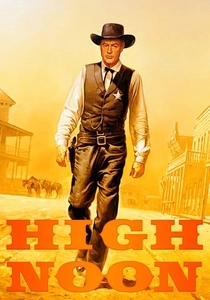
High Noon (1952)
Description: This film is a quintessential Western about a town marshal who faces a gang of killers alone when the townsfolk refuse to help him. It's a powerful allegory for individual responsibility and the conflict between personal duty and societal expectations.
Fact: The film was shot in real-time, with the entire story unfolding in the span of 85 minutes, mirroring the actual time on screen.
 Watch Now
Watch Now 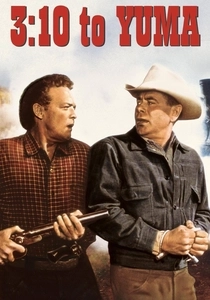
3:10 to Yuma (1957)
Description: A struggling rancher agrees to escort a captured outlaw to the train that will take him to prison, facing numerous obstacles along the way. It's a tale of personal redemption and the struggle between right and wrong.
Fact: The film was remade in 2007 with Russell Crowe and Christian Bale.
 Watch Now
Watch Now 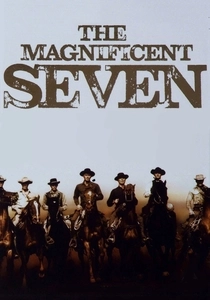
The Magnificent Seven (1960)
Description: A group of gunfighters are hired to protect a small Mexican village from bandits. This film highlights the concept of law through the lens of vigilante justice and community defense.
Fact: The film was inspired by Akira Kurosawa's "Seven Samurai."
 Watch Now
Watch Now 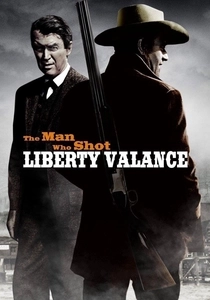
The Man Who Shot Liberty Valance (1962)
Description: This film explores the myth of the West through the story of a tenderfoot lawyer and a tough rancher who both vie for the affection of a woman, while dealing with the notorious outlaw Liberty Valance. It's a profound look at the transition from the lawless West to a more civilized society.
Fact: John Wayne's character, Tom Doniphon, was originally written to be the hero, but the script was changed to make Jimmy Stewart's character, Ransom Stoddard, the central figure.
 Watch Now
Watch Now 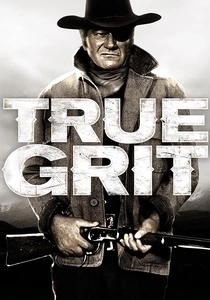
True Grit (1969)
Description: A young girl hires the tough, aging U.S. Marshal Rooster Cogburn to hunt down her father's murderer. This film showcases the determination of law enforcement in the face of personal vendettas and the harsh realities of the frontier.
Fact: John Wayne won his only Oscar for Best Actor for his role as Rooster Cogburn.
 Watch Now
Watch Now 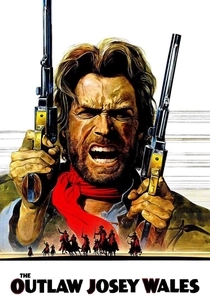
The Outlaw Josey Wales (1976)
Description: After his family is murdered, a farmer turns outlaw and seeks justice, eventually becoming an unlikely hero. This film explores themes of revenge, redemption, and the personal quest for justice.
Fact: Clint Eastwood directed and starred in this film, which was his first Western as a director.
 Watch Now
Watch Now 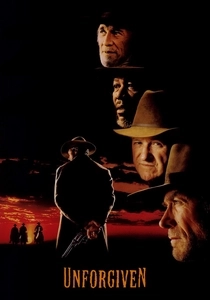
Unforgiven (1992)
Description: This film deconstructs the Western genre, focusing on an aging outlaw who takes one last job to seek justice for a wronged prostitute. It delves into the complexities of law, morality, and the myth of the West.
Fact: Clint Eastwood won his second Best Director Oscar for this film, which also won Best Picture.
 Watch Now
Watch Now 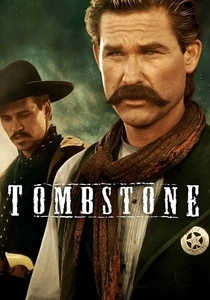
Tombstone (1993)
Description: This film recounts the legendary gunfight at the O.K. Corral, focusing on Wyatt Earp's quest for justice against the notorious Clanton gang. It's a vivid portrayal of law enforcement in the Wild West.
Fact: Val Kilmer's portrayal of Doc Holliday is often cited as one of the best performances in the film.
 Watch Now
Watch Now 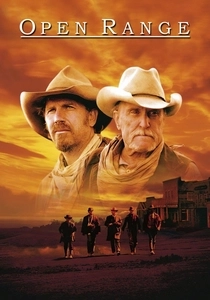
Open Range (2003)
Description: A cattle drive leads to a confrontation with a corrupt town boss, forcing the cowboys to take a stand for justice. This film examines the clash between the old ways of the West and the encroaching law and order.
Fact: Kevin Costner, who also directed, was inspired by the novel "The Open Range Men" by Lauran Paine.
 Watch Now
Watch Now 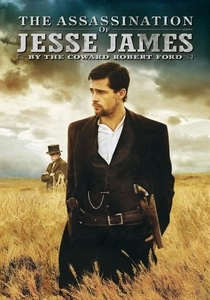
The Assassination of Jesse James by the Coward Robert Ford (2007)
Description: This film delves into the psychological and moral complexities of the relationship between Jesse James and his eventual killer, Robert Ford, offering a nuanced look at the myth of the outlaw and the law.
Fact: The film's title is taken from a book by Ron Hansen, which itself was inspired by a headline from the time of Jesse James's death.
 Watch Now
Watch Now 








